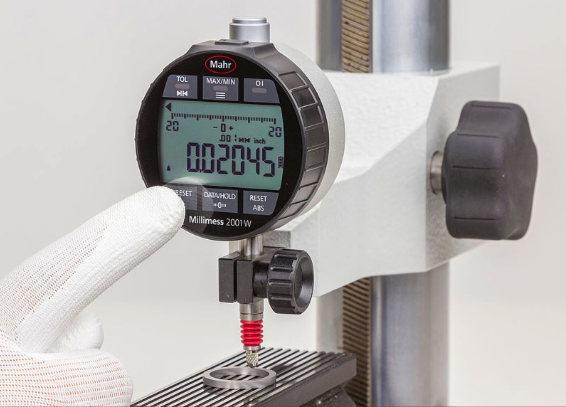Gaging For SPC: Now Even Simpler
After all that has been written about Statistical Process Control (SPC) over the years, I am continually surprised at how often shop owners tell me they would like to do Data Collection for SPC, but they’re “just too small,” or they “can’t afford all that fancy equipment.” There seems to be a mistaken perception out…








